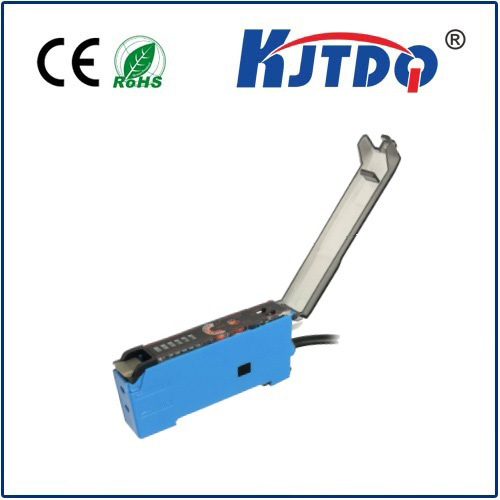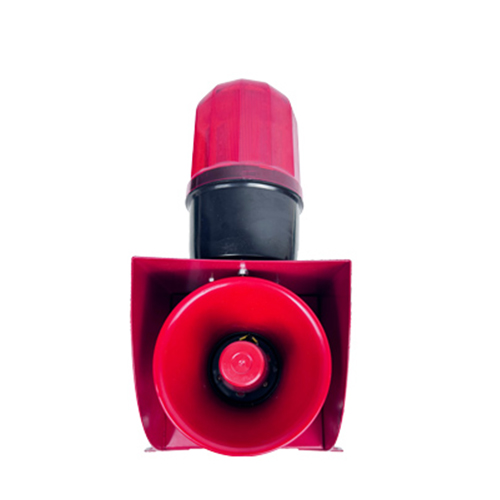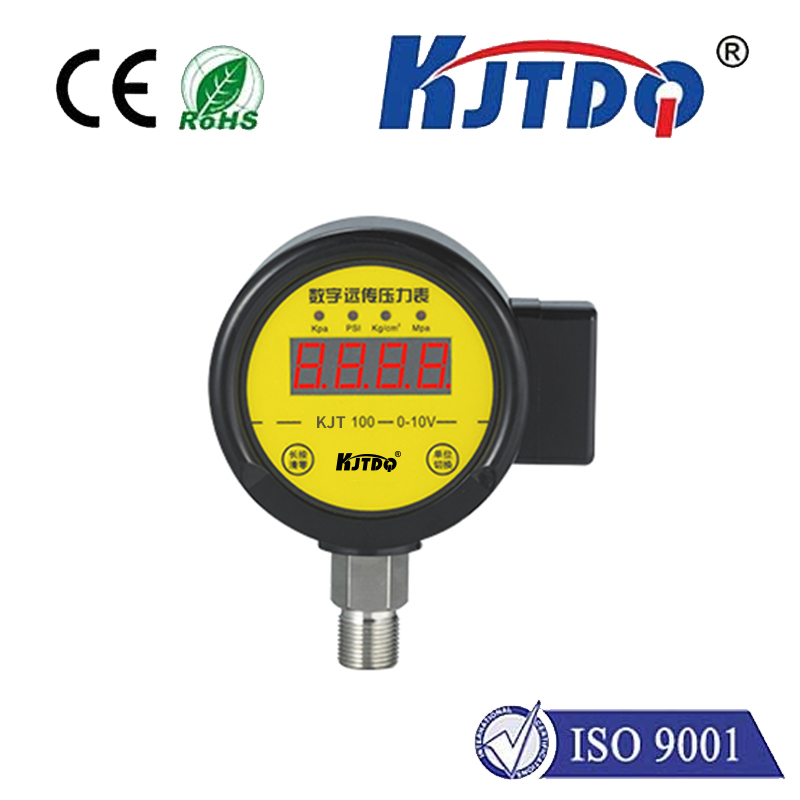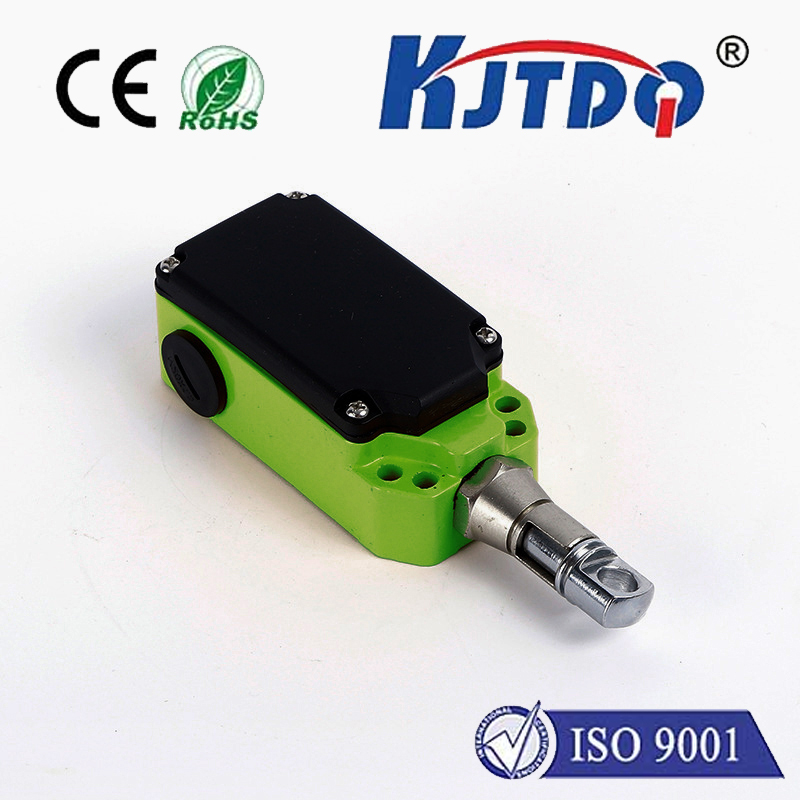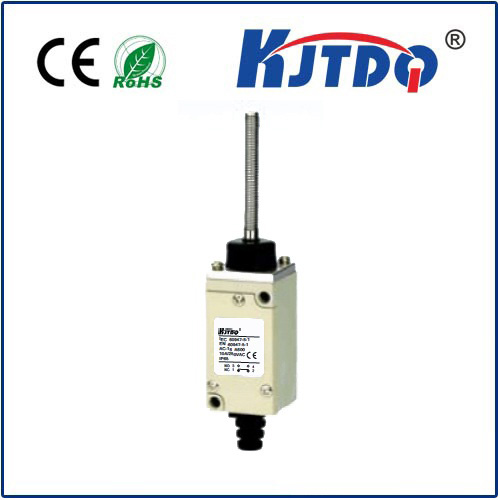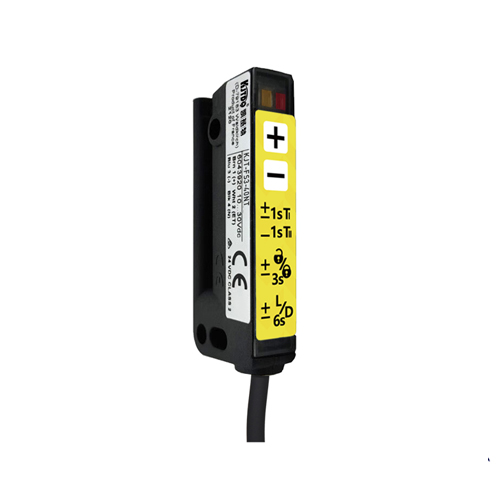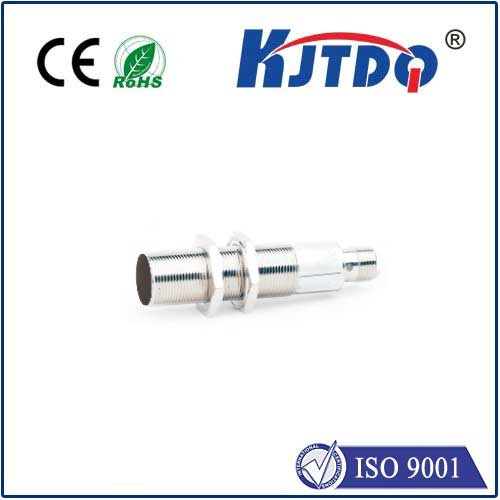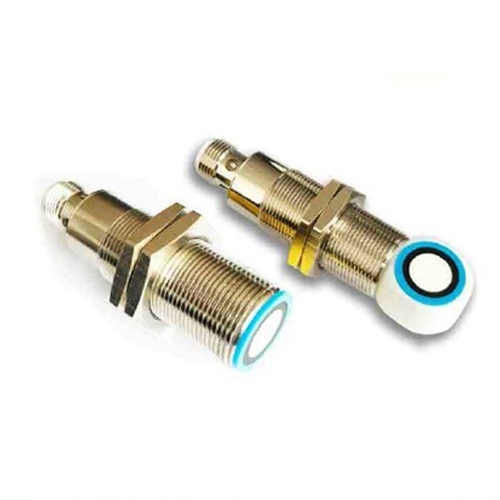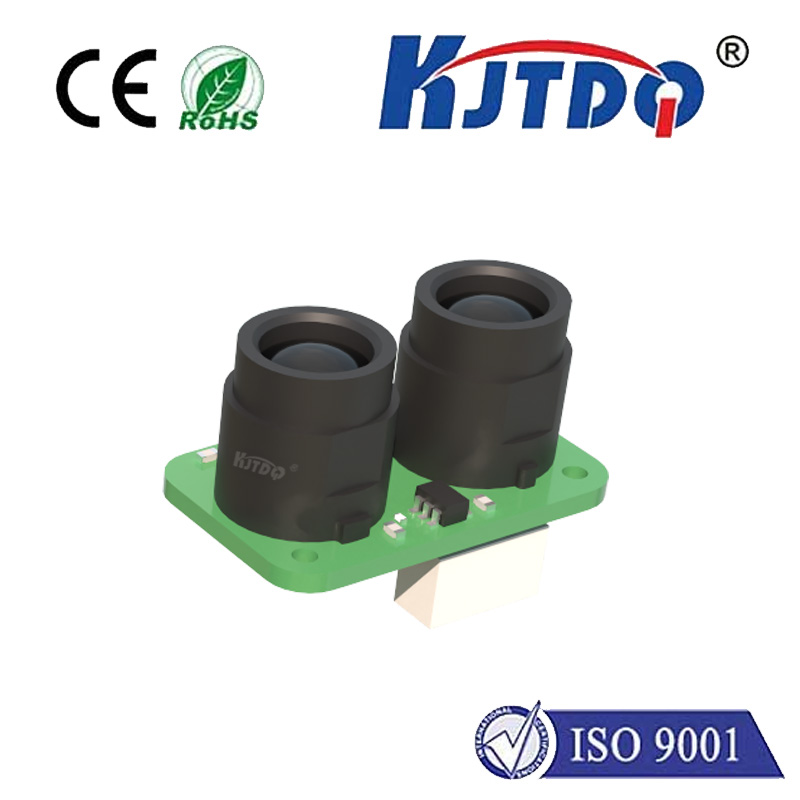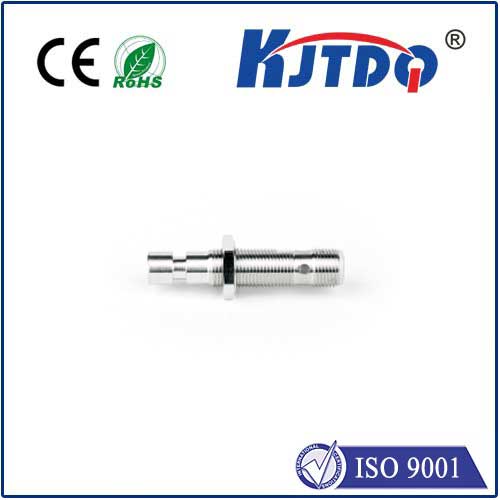Time-of-Flight (ToF) Range Finders: Revolutionizing Distance Measurement in Modern Technology Imagine a world where robots navigate flawlessly through crowded warehouses, smartphones capture stunning portrait photos with perfect focus, and autonomous cars detect obstacles in pitch-black darkness—all thanks to a technology that measures distance with lightning speed and precision. This is the power of Time-of-Flight (ToF) range finders, a groundbreaking innovation reshaping industries from consumer electronics to industrial automation.
At its core, a ToF range finder is a device that calculates the distance between itself and a target object by measuring the time it takes for light (or another signal) to travel to the object and back. Unlike traditional methods like ultrasonic sensors or infrared triangulation, ToF technology relies on ultrafast signal processing to deliver highly accurate, real-time distance data. The principle is elegantly simple:
From augmented reality to robotics, ToF technology is unlocking new possibilities. Let’s explore its most impactful applications.
ToF sensors have become a staple in flagship smartphones. By providing instant depth mapping, they enable features like portrait mode blur, 3D facial recognition, and improved low-light photography. For instance, when you tap to focus on a subject, the ToF sensor measures distances across the scene, allowing the camera to apply precise background separation.

Self-driving cars rely on ToF sensors for obstacle detection and collision avoidance. Unlike LiDAR, which uses mechanical components to scan environments, solid-state ToF sensors offer faster response times and lower costs. Drones also use ToF to maintain stable flight altitudes or navigate tight spaces, even in challenging lighting conditions.
In factories, ToF range finders enhance safety and efficiency. Robotic arms use them to detect the presence of workers in restricted zones, while AGVs (automated guided vehicles) map warehouse layouts in real time. Their immunity to ambient light interference makes them ideal for harsh industrial environments.
ToF sensors are revolutionizing medical devices, such as non-contact vital sign monitors that measure breathing rates from a distance. In gaming, Microsoft’s Kinect and Sony’s PlayStation cameras leverage ToF for full-body motion tracking, creating immersive user experiences.
Why are ToF range finders outperforming older technologies like ultrasonic sensors or structured light systems? Here’s a breakdown:
Innovation in ToF range finders shows no signs of slowing. Emerging trends include:
Selecting a ToF sensor depends on your application’s needs:
As industries continue to embrace automation and smart devices, ToF range finders will remain at the forefront of innovation—bridging the gap between the digital and physical worlds with unmatched speed and precision. Whether you’re designing a cutting-edge robot or simply snapping a photo, this technology is quietly redefining what’s possible.
